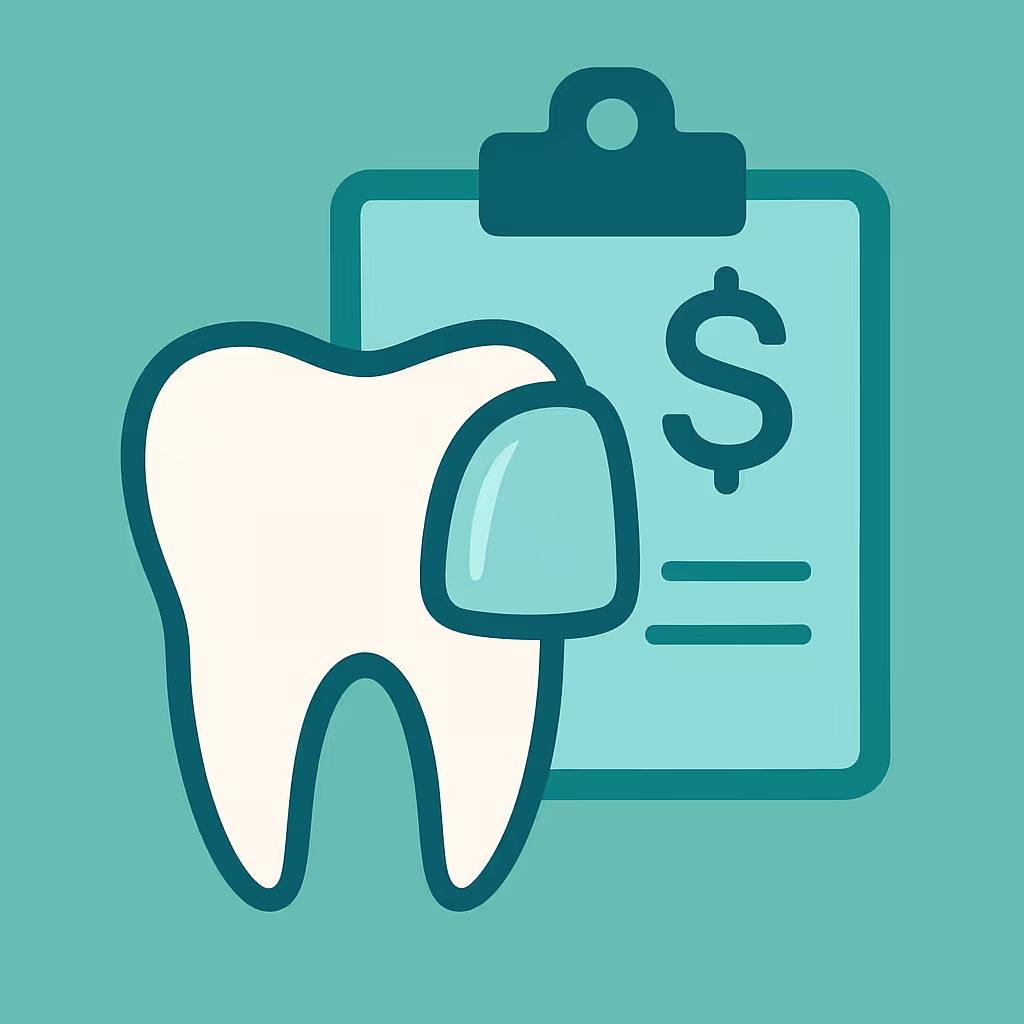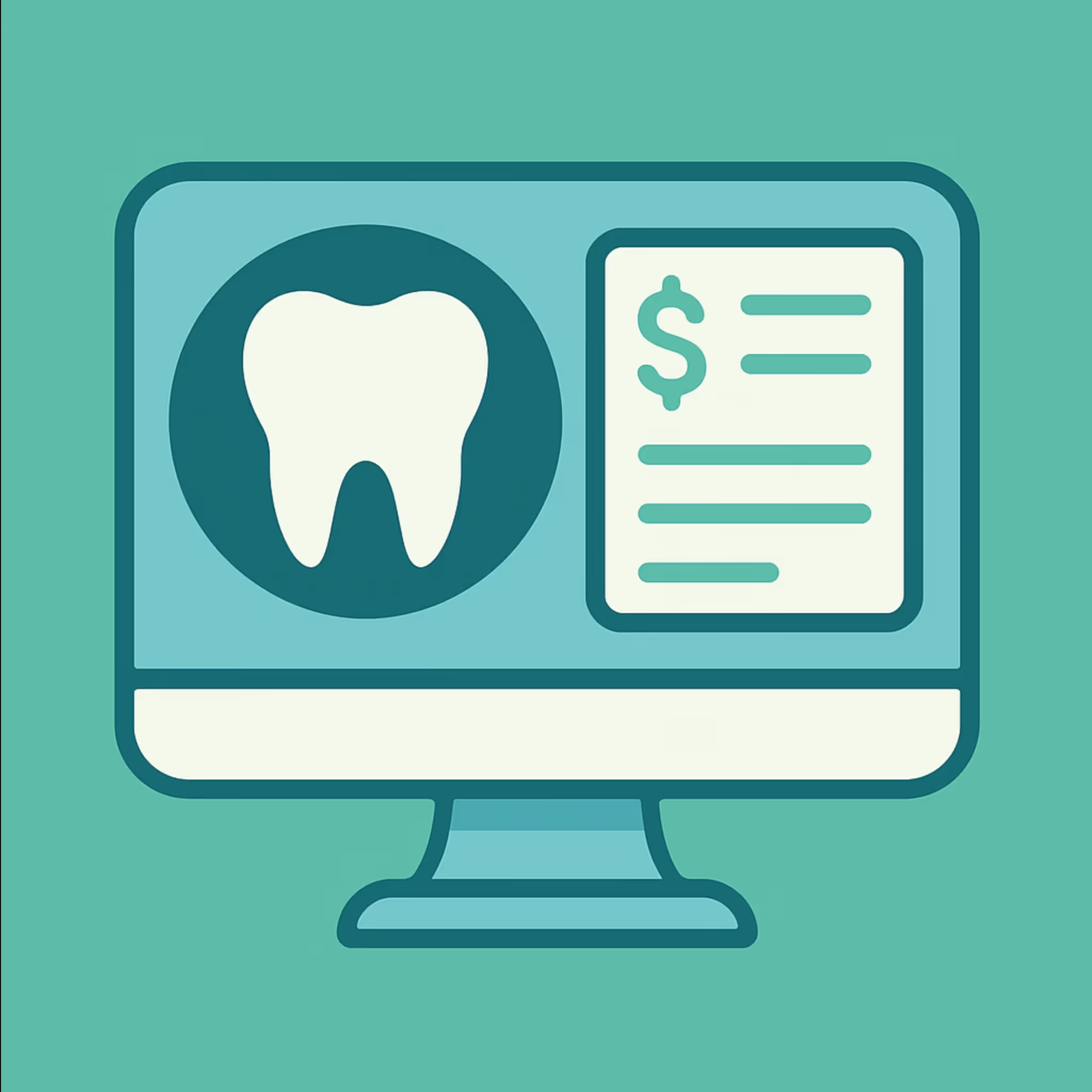Understanding Dental Code D7970
When to Use D7970 dental code
The D7970 dental code is designated for the excision of hyperplastic tissue—an overgrowth of gum tissue—typically performed prior to prosthetic procedures, such as denture fittings, or to address tissue overgrowth due to irritation, ill-fitting appliances, or chronic inflammation. This CDT code should be used when the excision is a distinct, billable procedure and not incidental to another service. Proper use of D7970 ensures accurate reimbursement and compliance with insurance guidelines.
Documentation and Clinical Scenarios
Accurate documentation is crucial when billing for D7970. The clinical record should include:
- A clear diagnosis of hyperplastic tissue (e.g., epulis fissuratum, fibrous hyperplasia).
- Detailed clinical notes describing the location, size, and extent of the tissue overgrowth.
- Pre- and post-operative photographs, if possible, to support medical necessity.
- Specifics of the excision technique used (e.g., scalpel, laser) and anesthesia administered.
- Follow-up care instructions and any complications noted.
Common clinical scenarios include patients with tissue overgrowth caused by ill-fitting dentures, chronic irritation from orthodontic appliances, or as a preparatory step before placing new prosthetics. If the excision is performed in conjunction with another procedure, ensure that D7970 is not considered inclusive to the primary code—refer to the CDT manual or payer policies for bundling rules. For example, if excising tissue during a complete denture procedure, check if separate billing is allowed.
Insurance Billing Tips
To maximize reimbursement and minimize denials for D7970, follow these best practices:
- Verify coverage before treatment by checking the patient’s benefits for soft tissue excision procedures.
- Submit detailed narratives with the claim, explaining the medical necessity and including supporting documentation (photos, radiographs, chart notes).
- Use correct CDT coding and avoid unbundling services. If another code better describes the procedure, use that code instead.
- Appeal denials promptly with additional documentation if the claim is rejected. Reference clinical guidelines and include before-and-after images if available.
- Monitor EOBs (Explanation of Benefits) and track accounts receivable (AR) to ensure timely follow-up on unpaid claims.
Many payers require proof that the excision was not cosmetic and was medically necessary for oral health or prosthetic function. Always check payer-specific policies for documentation requirements and frequency limitations.
Example Case for D7970
Case: A 68-year-old patient presents with a large area of hyperplastic tissue in the anterior maxilla, caused by years of wearing an ill-fitting upper denture. The tissue interferes with the fit of a new prosthesis. After clinical evaluation and documentation, the dentist performs an excision of the hyperplastic tissue using a scalpel under local anesthesia. Pre- and post-op photos are taken, and the patient is scheduled for follow-up and new denture impressions.
Billing Steps:
- Verify the patient’s insurance benefits for D7970 and obtain pre-authorization if required.
- Document the diagnosis, procedure details, and necessity for excision in the clinical record.
- Submit the claim with D7970, attaching a detailed narrative and supporting images.
- Monitor the EOB and AR for payment status, and appeal if denied with additional documentation.
This approach ensures proper reimbursement and supports the clinical need for the procedure, reducing the risk of claim denials and streamlining the revenue cycle.





